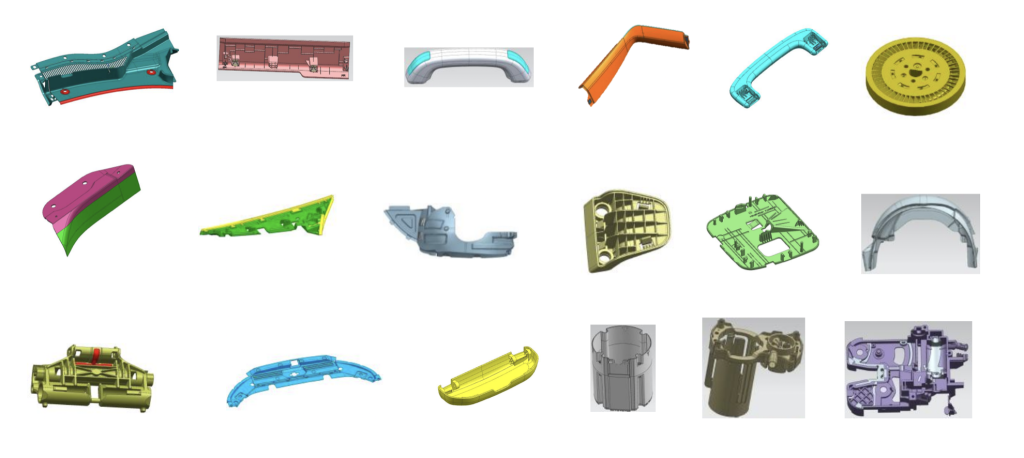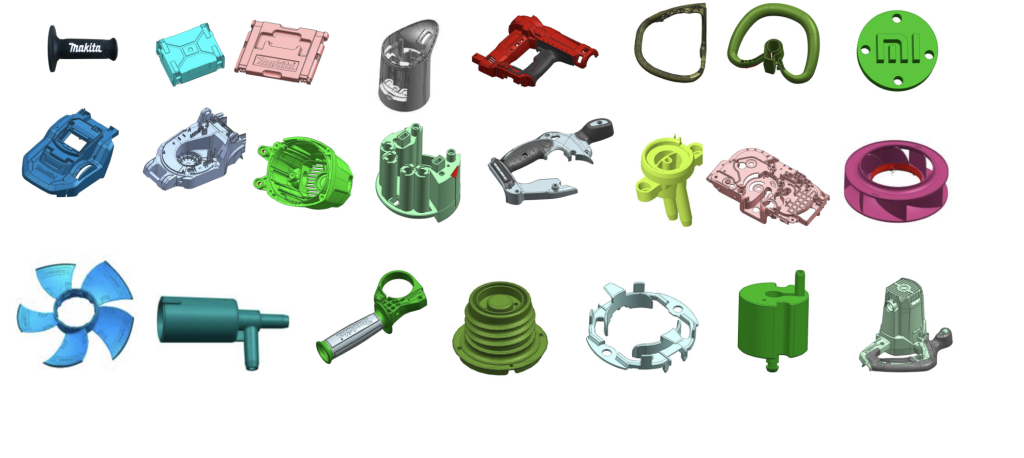product type
Design structure diagram
A Design Structure Diagram (DSD) is a graphical representation that depicts the structure and relationships of components within a system or product. It provides an overview of how different elements or modules of a design are organized and interact with each other.
The DSD is commonly used in systems engineering, software development, and other fields where complex designs need to be visualized and analyzed. It helps stakeholders understand the hierarchical structure and dependencies between various components, enabling better communication, analysis, and decision-making.
Precision mould
Precision mould, also known as a precision mold or precision tooling, refers to a specialized tool used in the manufacturing industry to produce high-precision components or products. It is typically used in processes such as injection molding, blow molding, die casting, or forming. A precision mould is designed and engineered with extreme accuracy and attention to detail to ensure that the final product meets tight tolerance requirements. It is usually made from high-quality materials, such as steel or aluminum, and undergoes rigorous machining processes to achieve the desired dimensions and specifications.
Precision moulds are widely used in industries such as automotive, aerospace, electronics, medical devices, and consumer goods manufacturing. They enable the mass production of complex components or products with high efficiency and repeatability.
Precision product
Precision product refers to a product that possesses high precision and quality. These products undergo rigorous design, manufacturing, and quality control processes to ensure that they meet specific specifications and standards.
Precision products can span across various industries, including mechanical, electronic, optical, medical devices, aerospace, and more. They are typically used in applications that require high accuracy and reliability, such as precision instruments, high-precision components, and precision mechanical assemblies.
In the manufacturing of precision products, close collaboration between design and manufacturing teams is crucial, along with the utilization of advanced technologies and equipment, to ensure that the products meet high-quality standards. Furthermore, continuous research and development and innovation are essential for the development of precision products, to meet evolving market demands and technological challenges.
Automotive component
Automotive components are parts or subsystems that are used in the manufacturing and assembly of automobiles. These components play crucial roles in the operation, performance, and safety of vehicles. They can vary widely in terms of size, complexity, and function, covering various aspects of a vehicle’s systems and subsystems.


Electronic casing
Electronic casing, also known as an enclosure or housing, refers to the protective outer structure that houses electronic components, circuits, and devices. It provides physical protection, shielding, and support for the internal electronic components while also providing user interface access and aesthetic appeal.
Materials commonly used in electronic casings include plastics (such as ABS, polycarbonate), metals (like aluminum, stainless steel), and composites. The selection of casing materials depends on factors such as durability, weight, cost, thermal conductivity, and design requirements.
Zinc alloy
Zinc alloy refers to a type of metal alloy composed primarily of zinc, combined with other elements to enhance its properties. It is widely used in various industries due to its favorable characteristics, such as low melting point, good castability, excellent corrosion resistance, and mechanical strength.
The composition of zinc alloys may vary depending on the specific application and desired properties. Commonly used alloying elements include aluminum, copper, magnesium, and sometimes small amounts of other metals. These alloying elements help improve the alloy’s strength, hardness, and other mechanical properties.



